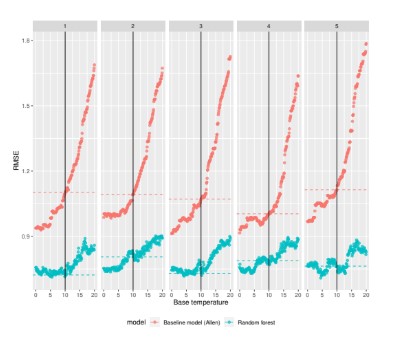
The DEMETER pilot project focusing on Decision Support Systems to support olive growing was presented recently at the virtual Global IoT Summit (GIOTS). The presentation and paper focused on ‘Machine Learning for olive phenology prediction and base temperature optimisation’ and was delivered by Noelia Oses, Izar Azpiroz, Marco Quartulli and Igor García of Vicomtech and Susanna Marchi and Diego Guidotti of Agricolus.
The pilot cluster in DEMETER dedicated to fruits and vegetables focuses on supporting farmers in protecting the health and the quality of production. Four pilot projects will run under this cluster. The pilot focusing on Decision Support Systems to support olive growing, which is the pilot in which this study was carried out, aims to optimize irrigation and fertilisation in olive orchards, as well as of integrated pest management, through an on-line platform. The proposed platform integrates software, sensors and open data sources to provide farmers and technicians with complete and efficient assistance in the olive growing and olive oil production. The platform will be tested in selected farms in Italy, Greece and Turkey.
A key factor for the effective development of this set of pilots is the availability of predictions of the phenological state of agricultural production assets based on predictive crop models that take as input data that is widely available on the continental areas that are of interest for DEMETER.

Several methods based on regression techniques are used for the prediction of phenological phases in modern olive growing. This study collects phenological observations and agrometeorological data for several Italian provinces. The aim of the analysis was to provide a geographically tailored value for the base temperature, i.e., the most important parameter in determining the Growing Degree Days (GDD). Machine learning methods were compared to optimize phenological predictions and base temperature for heat unit accumulation. The use of low base temperature resulted in better model prediction, which has added value under a warming climate scenario.
The full paper is available here and the video of the presentation can be viewed here.


